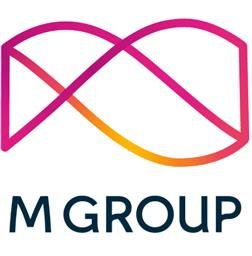Guidance Bulletin 47
Traffic Barriers! When is a Traffic Barrier Required?
When a traffic lane is closed for fixed (i.e., not short duration or mobile) works to take place, a traffic barrier with a retroreflective red and white barrier sign should be placed across the lane as shown in the layout diagrams in the Red Book.
The barrier should be placed between 0.8 m and 1.5 m above ground level. Horizontal boards should be striped in alternate vertical 250 mm wide red and white bands and must be reflectorised. Traffic barriers are usually solo barriers standing at the end of the longways clearance and therefore will require additional weights to provide stability. The diagram below from the Red Book shows the position of a traffic barrier (there are other diagrams which show the traffic barrier).

Notes
- For numbers and minimum size of cones, and dimensions D, T, C, L, S and E, see table in the Setting out site section of this code.
- An information board (omitted here for clarity) must be displayed.
- Supplementary distance plates are required for advance signs where the speed limit is 50 mph or more.
- See the Traffic control section of this Code for guidance on unobstructed width past the works.
DO’S & DON’TS
- DO Always install a Traffic Barrier when a running lane is closed
- DO Check the Traffic Barrier is in place before leaving site
- DO Use sandbags or other designed weights to provide stability to solo traffic barriers
- DON’T Block a traffic lane without placing a traffic barrier facing the traffic approaching in the closed lane
- DON’T Forget to add sandbags or other designed weights to support solo traffic barriers
HAUC(UK) thanks M Group Water in their help in the creation of this guidance.


For any queries or problems, please contact your immediate supervisor / manager in the first instance
DO HIGHWAYS THE RIGHTWAYS
